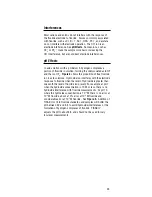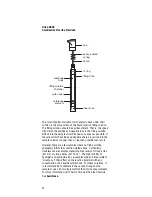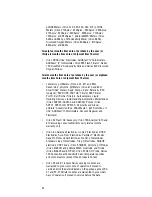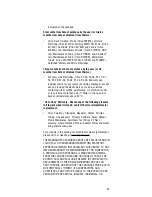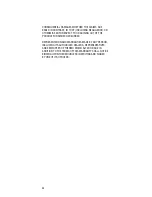
Orion 96-09
Combination Fluoride Electrode
The most important variable, which analysts have under their
control, is the composition of the liquid junction filling solution.
The filling solution should be equitransferent. That is, the speed
with which the positive and negative ions in the filling solution
diffuse into the sample should be nearly as equal as possible. If
the rate at which positive and negative charge is carried into the
sample solution is equal, then no junction potential can result.
However, there are a few samples where no filling solution
adequately fulfills the condition stated above. Particularly
troublesome are samples containing high levels of strong acids
(pH 0-2) or strong bases (pH 12-14). The high mobility of
hydrogen and hydroxide ions in samples makes it impossible to
“swamp out” their effect on the junction potential with any
concentration of an equitransferent salt. For these solutions, it
is recommended to calibrate in the same pH range as the
sample or use a known increment method for ion measurement.
For more information, call Thermo Technical Service Chemists.
See
Assistance.
40
cap
epoxy-coated
spring
cable
O-ring
filling hole
inner cone
reference
element
filling solution
chamber
outer inner
electrode
body
Summary of Contents for 96-09
Page 7: ...4 ...










